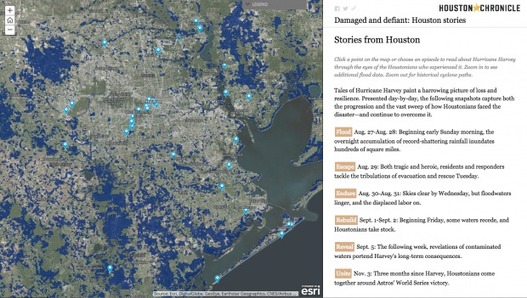
“Explore the Masters of Tradition story map. Discover the rich diversity of cultures and artistic traditions that enliven our nation. Meet extraordinary artists from across the country who have been awarded the National Endowment for the Arts National Heritage Fellowship, the nation’s highest honor for excellence in the folk and traditional arts. Together they represent a remarkable portrait of America’s diverse cultural heritage.” SOURCE: ESRI
This is an excellent StoryMap that to shows examples of local and indigenous cultures that are being practiced by some in the United States. The NEA Fellowship also shows how preserving local and indigenous cultural traits in the face of popular cultural influences is difficult and is seen as a national priority and part of a treasured cultural heritage. This is a good article on how to plan a good storymap.
Excellent Examples using the Map Tour template:
GeoEd Tags: indigenous, culture, esri, storymap.









